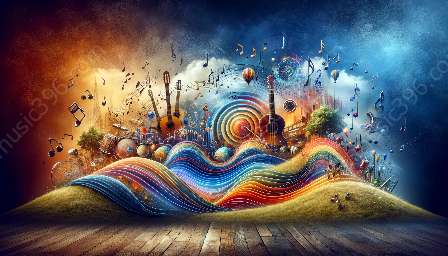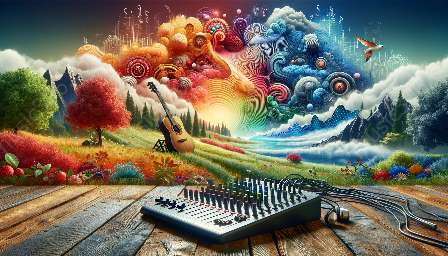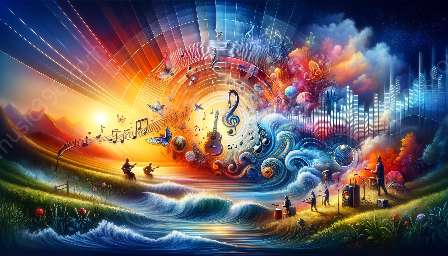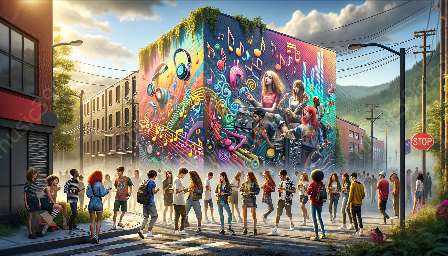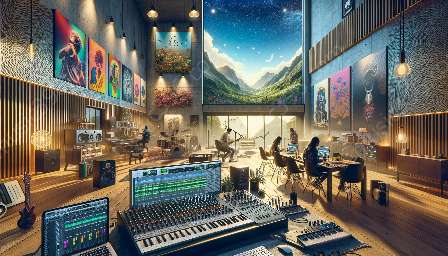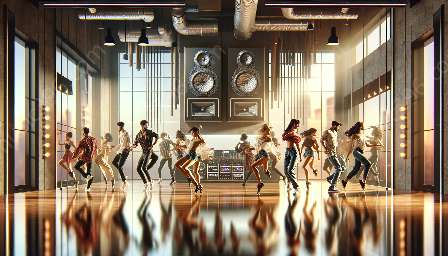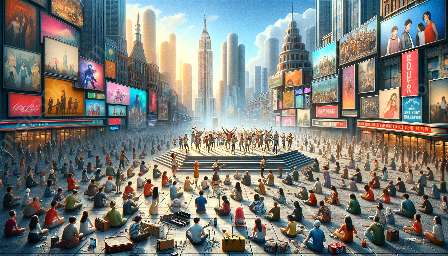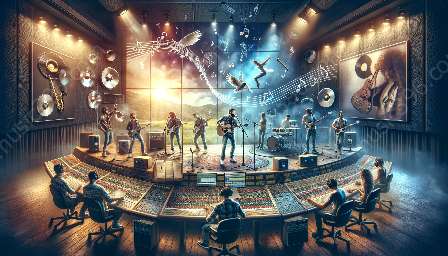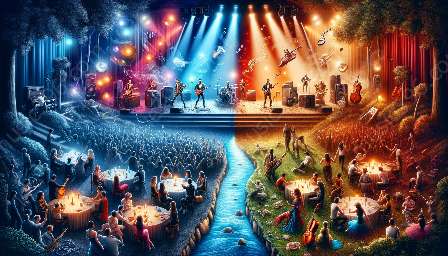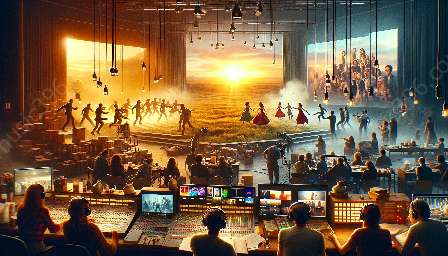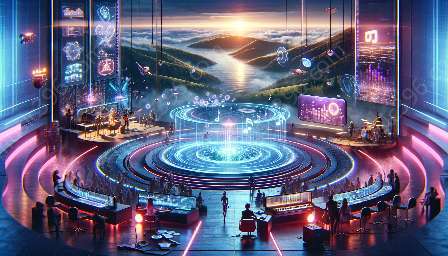The Impact of the Digital Age on Pop Music Creation
Technology has revolutionized the way pop music is created, produced, and distributed among youth. With the advent of digital audio workstations, software instruments, and online collaboration tools, young musicians now have unprecedented access to resources for creating and producing music. The accessibility of these tools has democratized music production, allowing young artists to explore and express themselves creatively without the need for expensive studio equipment.
Furthermore, social media and streaming platforms have provided a direct channel for youth to share their music with a global audience. Artists can build their fan base, connect with like-minded individuals, and receive instant feedback on their work, all through digital platforms.
The Evolution of Pop Music Distribution
In the digital age, traditional music distribution models have given way to online platforms and streaming services. Youth culture has shifted towards consuming music through digital means, such as streaming, downloads, and social media, rather than physical formats like CDs and cassettes.
By leveraging digital distribution channels, pop musicians can reach a wider audience, bypassing the limitations of physical distribution and connecting directly with their fan base. Moreover, the rise of user-generated content and social sharing has transformed the way pop music is marketed and promoted among youth.
The Role of Technology in Shaping Youth Culture
Technology has fundamentally altered the way youth engage with and consume pop music, leading to significant changes in youth culture. Digital platforms have become the primary medium through which youth discover, share, and engage with pop music, influencing their tastes, behaviors, and social interactions.
Additionally, the digital age has facilitated the creation of virtual communities and online subcultures, where young music enthusiasts can connect, collaborate, and create new forms of pop music expression. These communities have become hubs for creativity, trendsetting, and cultural exchange, further shaping the evolution of youth culture.
The Impact on Pop Music
The digital age has brought about a paradigm shift in the creation, distribution, and consumption of pop music among youth. It has empowered young musicians to break free from traditional industry gatekeepers and pursue their artistic visions independently.
- Collaborative Opportunities: Online platforms have facilitated collaborations among youth artists, enabling them to work together across geographical boundaries and cultural differences to create innovative pop music.
- Authentic Expression: With digital tools, young musicians can experiment with diverse sounds and genres, breaking away from conventional pop music formulas and embracing individuality and authenticity in their work.
- Global Reach: The digital ecosystem has allowed pop music created by youth to resonate globally, transcending physical borders and language barriers, and contributing to a more diverse and inclusive pop music landscape.
Challenges and Opportunities
Despite the opportunities presented by the digital age, there are also challenges that arise for youth artists in the pop music industry. These include:
- Oversaturation: The accessibility of digital music creation tools has led to a saturated market, making it increasingly difficult for young artists to stand out and gain recognition amidst the abundance of content.
- Monetization: While digital platforms offer exposure, navigating the landscape of monetizing music in the streaming era presents a complex challenge for youth artists hoping to sustain their careers financially.
However, the digital age also presents unique opportunities for youth in pop music:
- Artistic Freedom: Digital platforms empower young musicians to express themselves freely, without compromising their artistic vision to fit traditional industry norms.
- Engagement: Social media and streaming platforms enable direct engagement with fans, fostering a stronger sense of community and loyalty among listeners.

